Sterilization in Piercing Studios: What Happens Before You Sit Down for Your Piercing
When you walk into a professional piercing studio, you might notice the shiny tools, organized trays, and the friendly piercer getting things ready but what you don’t see is just as important. Behind the scenes, there’s a strict, science-backed sterilization process happening that ensures your safety long before the piercing needle touches your skin.
In this post, we’re pulling back the curtain to show you exactly what goes into keeping a professional piercing studio clean, safe, and compliant – from autoclaves to gloves.
🔬 Why Sterilization Matters
Piercing involves breaking the skin, which means there’s a risk of introducing bacteria or bloodborne pathogens if tools or jewelry aren’t properly sterilized. Sterilization is not just a “good practice,” it’s essential to preventing infections, allergic reactions, or worse.
Professional studios (like ours!) follow hospital-grade sanitation protocols, often exceeding the standards set by local health departments.
🧼 Step 1: Tool Cleaning and Ultrasonic Baths
Before anything gets sterilized, tools must be thoroughly cleaned. If a tool has been used (or even if it’s brand-new), it goes through a multi-step cleaning process.
- Manual Scrubbing – Visible debris or residue is scrubbed off using surgical-grade brushes and enzymatic cleaners.
- Ultrasonic Bath – Tools are placed in an ultrasonic cleaner, which uses high-frequency sound waves and a cleaning solution to dislodge microscopic particles — especially from hard-to-reach crevices.
This process ensures that tools are physically clean before they are sterilized.
🔥 Step 2: Sterilization in an Autoclave
After cleaning, tools are dried and sealed in sterile pouches. These pouches have an indicator strip that changes color when proper sterilization has occurred.
The pouches then go into an autoclave — a high-pressure steam sterilizer that reaches temperatures of over 250°F (121°C). This kills all forms of bacteria, viruses, fungi, and even heat-resistant spores.
What You Should Know:
- A Class B autoclave is the gold standard in the piercing industry.
- Studios regularly perform spore tests (a lab-verified process that confirms the autoclave is working properly).
- Sterile tools are not touched again until your procedure.
📦 Step 3: Jewelry Prep
High-quality jewelry (like implant-grade titanium or solid gold) should also be sterilized before insertion, even if it’s brand new.
We:
- Open fresh jewelry from sterile packaging.
- Autoclave it on-site if it isn’t pre-sterilized.
- Handle with gloves and/or forceps.
🧤 Step 4: Personal Protection & Setup
Before your procedure:
- The piercer scrubs their hands and puts on new disposable gloves (sometimes switching gloves multiple times during the process).
- All surfaces are wiped down with medical-grade disinfectants.
- A sterile field is prepared using disposable barrier coverings on trays and bed or pillow if being used.
Only sterile tools and jewelry are opened in front of you, never reused between clients.
🧾 Bonus: What You Can Ask As a Client
A clean studio won’t hesitate if you ask about their practices. Here’s what you can ask to ensure your studio is doing it right:
- “Do you use an autoclave? Can I see it?”
- “Do you use single-use needles?”
- “Are your tools and jewelry sterilized in pouches?”
- “How often do you spore test your autoclave?”
If they get defensive or vague — that’s a red flag.
✅ What Sets a Great Studio Apart
We take every step seriously, not just because it’s required. but because we truly care about your health and your body. You deserve to be pierced in a place where providing the cleanest possible service is the standard and sterile tools, needles, and jewelry are always used.
So the next time you walk into a piercing studio and see everything prepped and ready, know that hours of behind-the-scenes care went into creating that safe space. You’re not just getting a piercing, you’re getting it in a studio that values precision, professionalism, and your trust.
Thinking of getting pierced?
Come visit us or stop in to browse – we’re happy to show you around and answer any questions you have about our safety and sterilization practices!


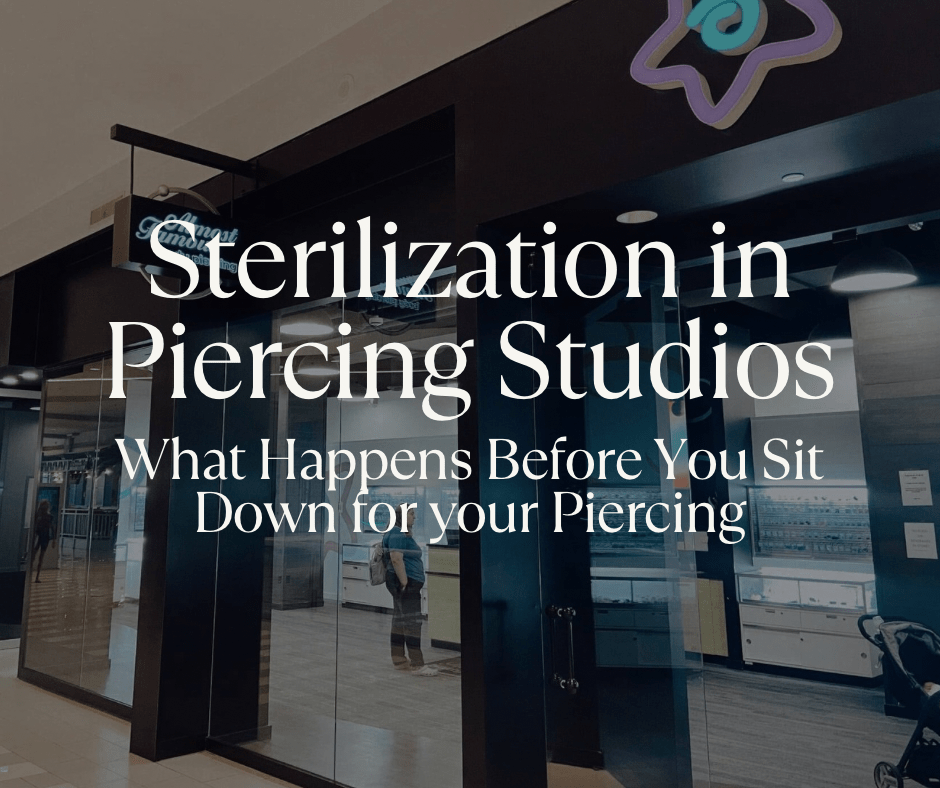


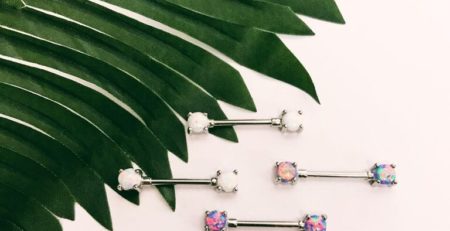
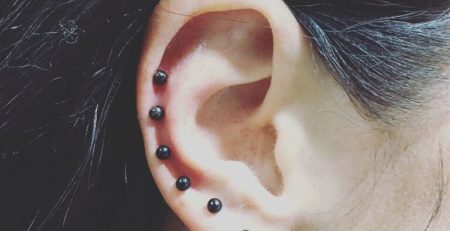
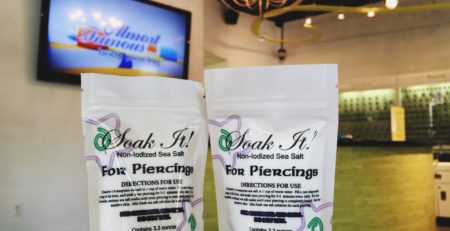


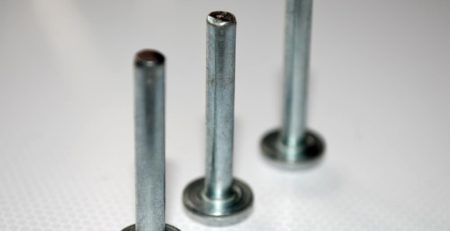
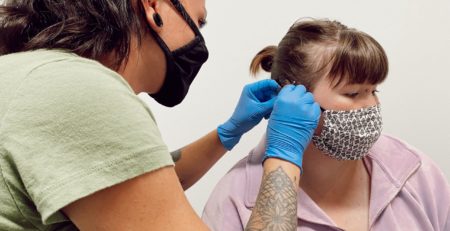


Leave a Reply